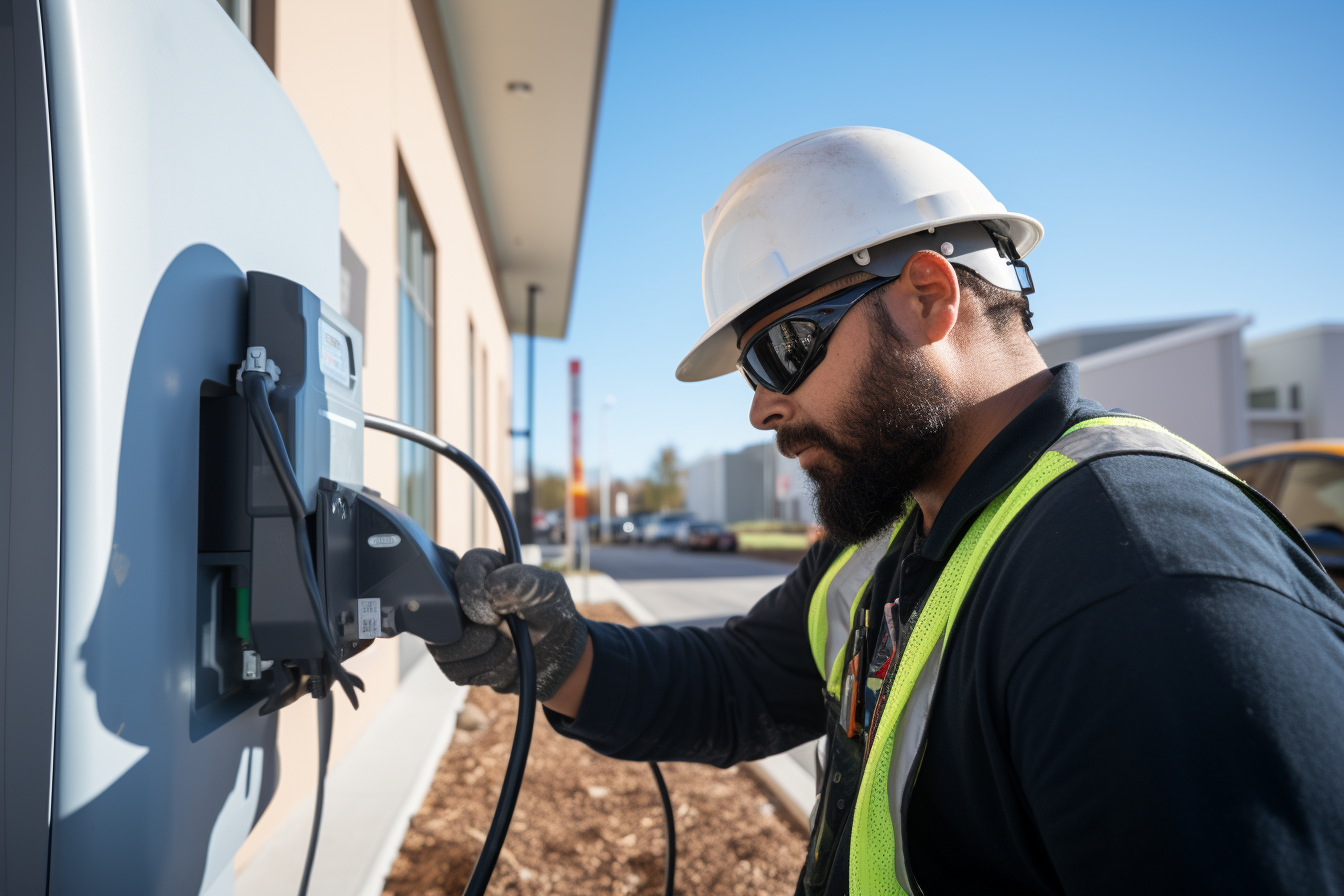Here are 4 simple steps to start EV charging in BC, Canada.
Step 1: What are your EV charging needs?
Here are some questions to think about, helping you better understand what you need for a smooth process from start to finish.
- Are the chargers intended for public or private use?
- Who will be paying for the energy consumption?
- Is there a specified time limit for charging sessions?
- If there’s no time limit, how do you feel about users lingering after their charge is complete?
- Would there be any considerations for implementing an idling fee?
- How many chargers are you planning to install both presently and in the future?
Once you’ve gathered answers to the questions above, we can proceed to the next phase.
Step 2: Explore your Electric Vehicle (EV) Charging Infrastructure.
During this step, you’ll need to determine if your complex or parking lot is equipped to handle the anticipated demand for EV charging. This involves assessing whether your parking area has sufficient electrical infrastructure in place to support the installation of EV chargers.
Finding an electrical contractor to assess the site’s infrastructure is essential. They can provide insights into the feasibility of your plan. For instance, they’ll determine if any electrical panels require upgrading. Additionally, they can assess the current infrastructure’s capacity to support EV chargers and provide recommendations on the number of chargers it can accommodate.
Another option is to have an EV Ready Plan created by a licensed electrical contractor or engineer. This plan will offer a comprehensive report on how your complex can allocate at least one EV-ready parking space per residential unit. It will provide detailed recommendations on the infrastructure needed to support your envisioned installation. Certainly, the EV Ready Plan may also uncover the financial implications of electrifying your space, prompting a reassessment and potential adjustment of your initial plan to align with your specific requirements or budget constraints.
Strata or complex owners who engage a licensed electrical contractor or electrical engineer to develop their EV Ready Plan may qualify for a rebate of up to 75% of the plan creation costs, to a maximum of $3,000, while funding lasts. It’s important to note that having an EV Ready Plan is a prerequisite for eligibility for the EV Ready infrastructure rebate and is specific to British Columbia, Canada.
For additional details, please visit: BC Hydro Electric Vehicles Charger Rebates for Apartments
The incentive and amount for the rebates are also subject to change.
Step 3: Submit applications for EV Charging Rebates.
Upon assessing your infrastructure, it’s essential to explore avenues for cost savings. Numerous government and utility-funded incentives are available to mitigate the upfront investment expenses for charging equipment and infrastructure. These incentives, ranging from rebates to tax credits and grants, can significantly offset costs. However, it’s crucial to note that many incentives are time-sensitive and subject to funding availability.
As mentioned previously, having an EV Ready Plan qualifies you for an infrastructure rebate. Additionally, individuals interested in installing an EV charger at home need not worry, as there are incentives available specifically for single charger installations.
For further details, please visit: BC Hydro Electric Vehicle Charger Rebates for Home
The incentive and amount for the rebates are also subject to change.
Step 4: Selecting Your EV Chargers Options and Installation.
When considering which EV chargers to install, it’s crucial to prioritize functionality over aesthetics or brand recognition. Understanding the various levels of chargers available is essential. Currently, there are three levels of EV chargers on the market:
Level 1: Utilizes a connection to a standard 120V outlet commonly found in residential areas. It provides a charging rate of approximately 8km per hour and typically takes 12-20 hours to fully charge an EV battery.
Level 2: Utilizes a connection to a 240V outlet, typically used for appliances like ovens and clothes dryers. It offers a charging rate of roughly 30km per hour and takes approximately 6-14 hours to fully charge an EV battery. Commonly found in homes, businesses, and public charging sites.
Level 3: Requires a direct current connection to the electrical system, often necessitating infrastructure upgrades. Charging rates range from 50 kW to 350 kW depending on the hardware. Most commonly deployed in businesses and public charging sites.
In addition to the level of charger, it’s also essential to consider factors such as charger management, energy efficiency, ease of use, warranty, mobile application, and data insights.
Once the charging stations are installed, they must undergo a process called commissioning to link the charger to a charger management platform before being available for public or private use. Integration with such a platform ensures proper and safe operation of the chargers while also confirming robust network connectivity. Moreover, it provides access to essential features including energy management settings, transaction details, and energy consumption data. These settings can be adjusted as required to optimize performance.
You are ready to charge now once all installations and connections are completed.

